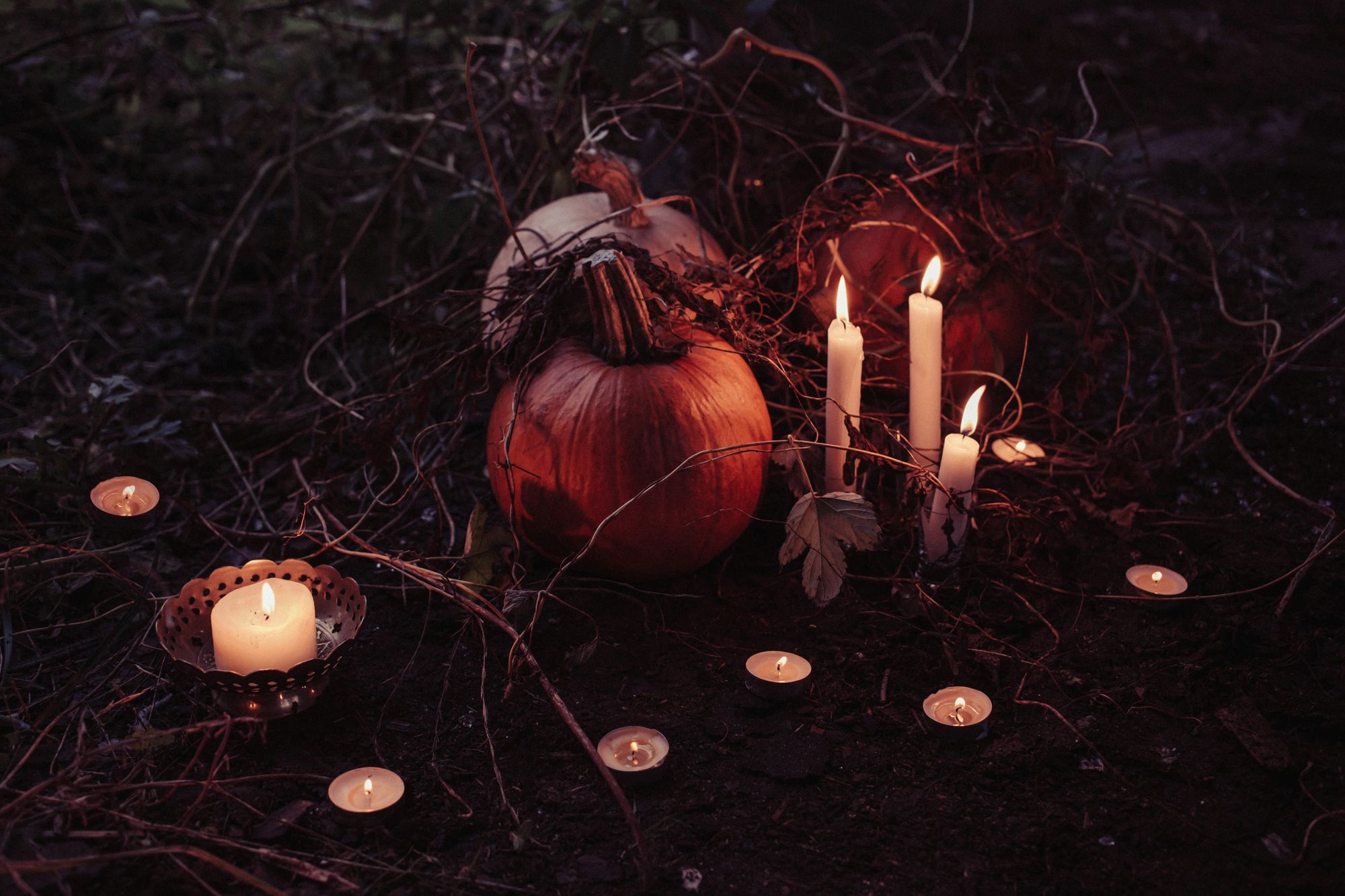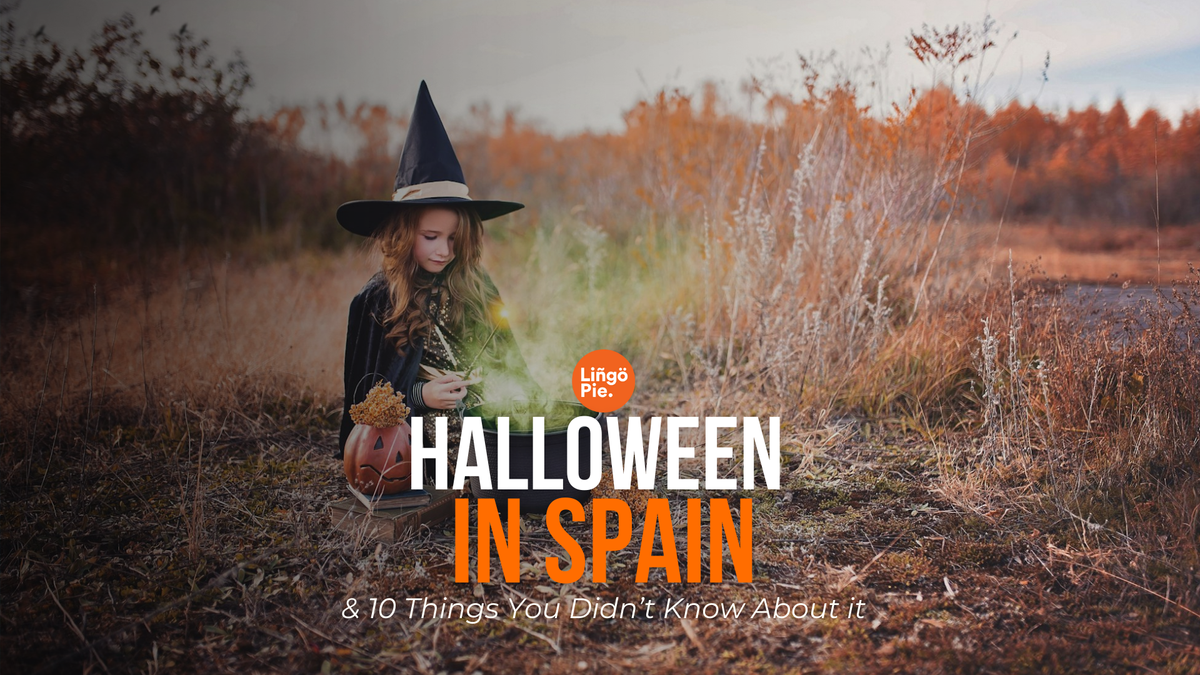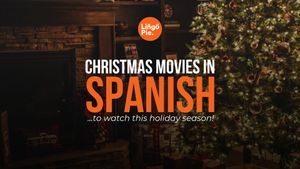When you think of Halloween, Spain might not be the first country that comes to your mind. However, over the years, this celebration has carved out its own space in Spanish culture. Although the holiday's roots are firmly planted in American soil, Spain has given Halloween a twist, blending it with local traditions and making it an exciting time for both kids and adults.
In this article, I’m going to share 10 things you probably didn’t know about Halloween in Spain. We'll go over everything from how it's relatively new in Spain to how different regions put their own spin on it. Plus, we’ll take a look at how other Spanish-speaking countries in Latin America celebrate Halloween, offering some fascinating insights into how the spooky season differs across the Spanish-speaking world.
So, if you're curious about how Halloween looks through a Spanish lens, keep reading!

10 Things You Didn’t Know About Halloween In Spain
Think you know everything about Halloween? Well, in Spain, it’s celebrated a little differently! Here are 10 interesting things you probably didn’t know about how Halloween in Spain!
1. It’s A New(ish) Celebration
Halloween is relatively new in Spain. While it’s a centuries-old tradition in countries like the U.S. and Ireland, Spain only started getting into the spooky spirit in the late 20th century. Is it the result of globalization and Hollywood? Maybe, but the reality is that Spanish kids are now just as likely to go trick-or-treating (they call it truco o trato) as American kids. But don’t worry—the Spanish still have their own twist on things.
2. Combined Traditions
Halloween in Spain often falls in line with the traditional celebrations of Día de Todos los Santos (All Saints’ Day) on November 1st and Día de los Difuntos (Day of the Dead) on November 2nd. These days are usually more somber and involve visiting cemeteries to honor deceased loved ones. But nowadays, it’s not uncommon to see a mash-up of both—a spooky night of fun followed by a more reflective family tradition.

3. Spain Has Its Own Ancient Halloween—It’s Called Samaín
Spain’s northwest region of Galicia has its own ancient festival called Samaín, which dates back to the Celts. Samaín, like Halloween, celebrates the end of harvest and marks the time when the world of the living and the dead is the closest. You’ll find spooky parades, pumpkin-carving contests, and a revival of old Celtic customs in Galicia, making it feel like Halloween’s long-lost twin.
4. Madrid And Barcelona Throw Halloween Parties Like No Other
If you’re in Spain during Halloween, Madrid and Barcelona are the places to be. These cities go all out with extravagant costume parties, Halloween-themed events, and even horror movie festivals. Nightclubs throw spooky all-night raves while the streets are filled with costumed revelers. Halloween in Spain’s big cities is just as wild and fun as anywhere else in the world—if not more so!
5. It’s Not Just for Kids—Adults Love Halloween Too!
Some might think that Halloween is only for kids, but that's not the case. In Spain, Halloween has become a major event for adults too. Costume parties for grown-ups are a huge part of the celebration, especially in bars and clubs. Spanish people love any excuse to get together and party.
6. Halloween Decorations? Of Course!
Spanish homes and businesses are increasingly getting into the Halloween spirit with decorations that match or exceed anything you’d see in the U.S. Pumpkins, skulls, spider webs, and all things spooky take over storefronts and homes throughout October. Supermarkets even stock Halloween-themed foods and treats, making it easy to throw a Halloween bash at home.
7. Spain’s Halloween Treats Aren’t Just Candy
Sure, Spanish kids love candy just as much as anyone, but Spain brings something extra to the Halloween table: traditional sweets like Huesos de Santo (Saint’s Bones) and Buñuelos de Viento (fried dough balls). These goodies are more closely tied to All Saints’ Day, but they’ve also become part of the modern Halloween experience in Spain. So, alongside your candy corn, you might find a sweet pastry shaped like a bone. Deliciously creepy!
8. Día De Los Muertos Brings Mexican Influence
Thanks to the influence of Latin American cultures, especially Mexico, you’ll also see some Día de los Muertos (Day of the Dead) traditions blending into Spanish Halloween. Día de los Muertos is celebrated with colors and festivities in Mexico on November 1st and 2nd, with sugar skulls, elaborate face paint, and offerings to loved ones who have passed. While it’s not as widespread in Spain, you’ll often find calaveras (decorated skulls) and even Day of the Dead-themed events popping up, adding to Spain’s multicultural Halloween mix.
9. Galicia’s Haunted Roots Make It Spain’s Spookiest Region
If you’re a fan of ghost stories, you need to visit Galicia. This region of Spain is known for its haunted history and mystical traditions. In fact, Galicia is often called the land of witches (or “meigas” in Galician). During Halloween, you can explore its haunted forests, join in eerie parades, and even experience traditional Galician rituals that are said to protect you from spirits.
10. It’s Growing In Popularity Every Year
Halloween is getting bigger in Spain every year. Retailers are quick to catch on to the trend, offering costumes, decorations, and Halloween-themed snacks weeks in advance. Especially younger generations, are embracing the holiday more and more, transforming it into one of the most anticipated celebrations of the fall season. With social media fueling the excitement, Halloween fever is sweeping the country.
Bonus: Spanish-Speaking Countries Put Their Own Twist on Halloween
It’s not just Spain that celebrates Halloween—other Spanish-speaking countries also get into the spooky season, but each with its own flair. For example, in Mexico, the focus is on El Día de los Muertos, where families honor the dead with beautiful altars and sugar skulls.
In Colombia, Halloween is known as Noche de Brujas (Night of the Witches), and kids love dressing up and going trick-or-treating. Currently, in Argentina, it’s a growing trend, especially in major cities where Halloween parties and themed events are becoming more common.
While the celebrations may vary, one thing is clear: Halloween’s influence is spreading across Spanish-speaking countries, and they’re making it their own.
Vocabulary Related To Halloween In Spanish
Learn About Spanish Culture With Lingopie!
As we have seen, Halloween in Spain is a mix of spooky festivities and traditions. Different regions put their own spin on it, and it’s clear that Halloween in Spain offers a colorful experience that reflects the country's culture.
If you’re excited to learn more about Spanish culture and language, Lingopie is a great place to start! It’s a fantastic resource that uses movies and TV shows to help you learn Spanish effectively. As you learn the language, you can enjoy content related to cultural themes, such as Día de Todos los Santos (All Saints’ Day), Día de los Muertos, and so much more.
Ready to start learning? Check out Lingopie and take your Spanish to the next level while exploring the traditions that make celebrations so special!









